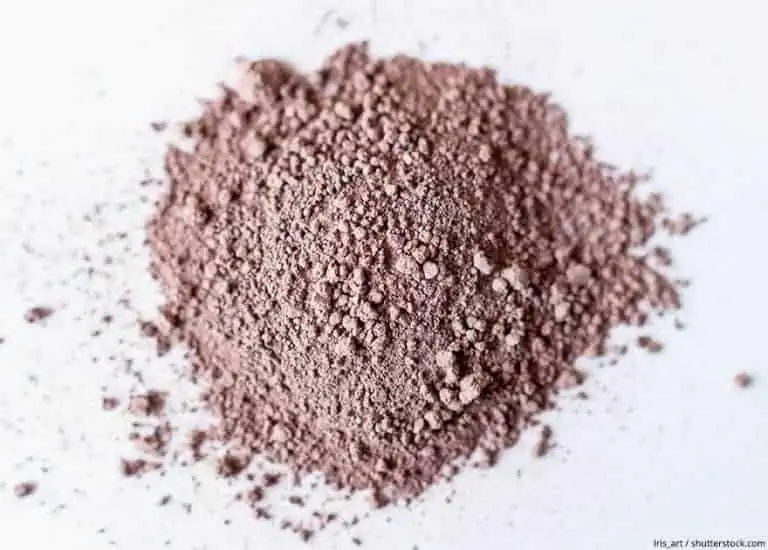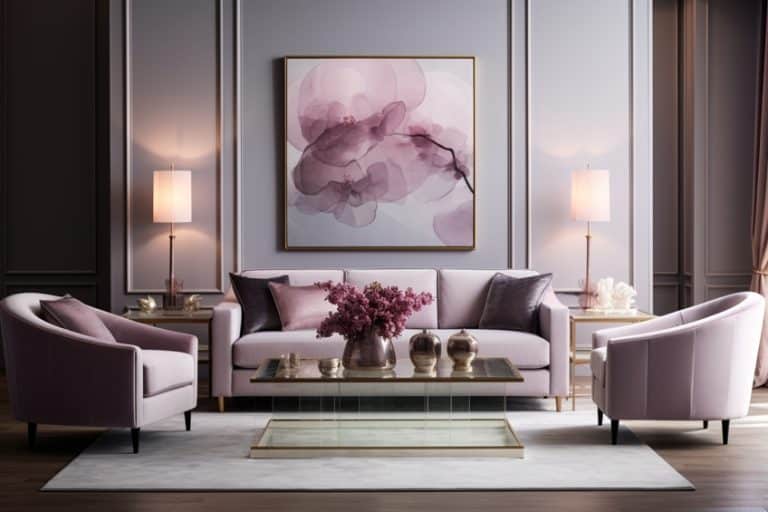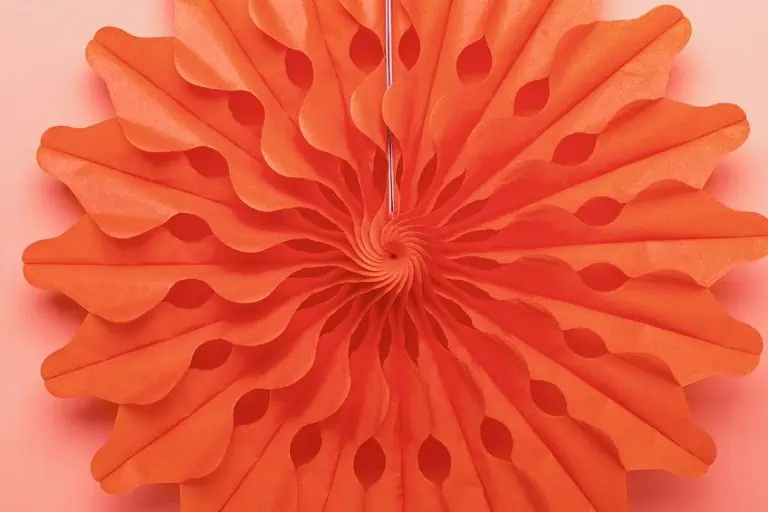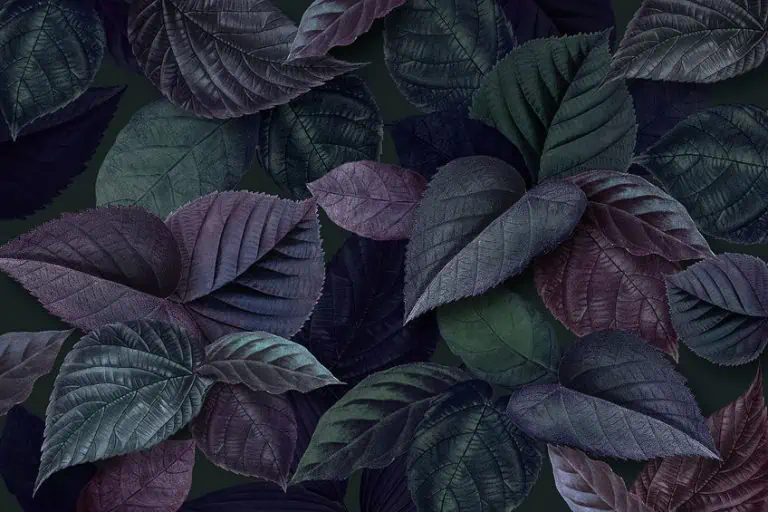What Does Blue and Yellow Make? – How to Make Green
This post may contain affiliate links. We may earn a small commission from purchases made through them, at no additional cost to you.
Curious minds have long been entangled in the enigmatic allure of mixing colors, wondering what magical hue emerges when blue and yellow dance together on the canvas of creativity. As the cosmic brushstrokes of these two vibrant shades intertwine, they ignite a symphony of wonder, leaving us pondering the alchemy of their collaboration. Whether you’re an art enthusiast, a curious explorer of color theory, or simply intrigued by the captivating union of pigments, the questions linger persistently. What does blue and yellow make? Do blue and yellow go together? What color goes with blue and yellow? Join us on this chromatic odyssey as we explore the intriguing bond between yellow and blue, and whether these two hues truly go hand in hand on the chromatic palette.
Table of Contents
How Does Blue and Yellow Complement One Another?
The dynamic dance of colors between yellow and blue reveals a timeless partnership that exudes harmony and brilliance. As complementary colors on the color wheel, they possess an inherent ability to intensify each other’s impact when combined. Yellow, with its radiant and sunny demeanor, effortlessly complements the calming and soothing essence of blue. This unique relationship creates a visual synergy that captures the imagination of artists, designers, and enthusiasts alike.
When used alongside one another in art, yellow and blue have the power to create a stunning contrast that draws the eye and sparks intrigue. The juxtaposition of warm and cool tones creates a dynamic visual experience, evoking a range of emotions from tranquility to vibrancy.
Whether it is an artwork that springs to life or a tastefully decorated room, the partnership of these hues is able to provide a sense of balance and sophistication to any space. In the world of fashion, yellow and blue come together to craft captivating and stylish ensembles. The combination of a bold blue outfit with pops of yellow accessories adds a touch of vivacity and excitement, while a predominantly yellow ensemble with subtle blue accents radiates elegance and grace.

| Color Names | Hex Codes | RGB | CMYK Color Code (%) | Shades of Color |
| Blue | #0000ff | 0, 0, 255 | 100, 100, 0, 0 | |
| Yellow | #ffff00 | 255, 255, 0 | 0, 0, 100, 0 |
Understanding Blue
Blue, a color that surrounds us in myriad shades, possesses a captivating allure that has intrigued humanity for centuries. From the vast expanse of the sky to the depths of the ocean, blue graces our world with its presence, evoking a multitude of emotions and meanings. To truly understand blue is to embark on a journey through history, culture, science, and art, unearthing the complexities that lie beneath its serene surface. When looking towards science, the hue of blue is one of the three primary colors in the additive color model, alongside other hues such as green and red. When combined with green and red light, it forms the full spectrum of colors visible to the human eye.
Its wavelength is shorter, making it more energetic than other colors, and this characteristic explains why the sky appears blue to us during the day. The Earth’s atmosphere scatters shorter wavelengths more effectively than longer ones, causing blue light to disperse across the sky, creating a mesmerizing and ever-changing canvas above us.
Culturally, blue has held diverse meanings and symbolisms across different societies. In ancient civilizations, such as Egypt and Mesopotamia, blue was associated with divinity and protection, often used in religious art and ornaments. In contrast, for the ancient Greeks, the color represented the barbaric and uncivilized. Throughout history, the use of blue in art was often dictated by its rarity and expense, as the pigment was derived from precious minerals like lapis lazuli.
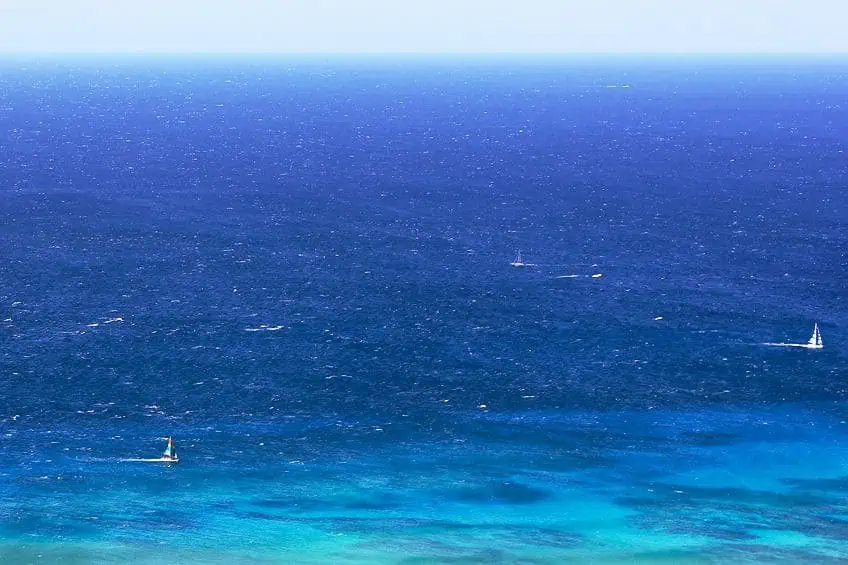
| Blue Color Names | Blue Hex Codes | Blue RGB | CMYK Color Code (%) | Shades of Blue |
| Blue | #0000ff | 0, 0, 255 | 100, 100, 0, 0 | |
| Cobalt | #1338be | 19, 56, 190 | 90, 71, 0, 25 | |
| Navy | #0a1172 | 10, 17, 114 | 91, 85, 0, 55 | |
| Ocean | #016064 | 1, 96, 100 | 99, 4, 0, 61 | |
| Lapis | #2832c2 | 40, 50, 196 | 79, 74, 0, 24 | |
| Sky | #63c5da | 99, 197, 218 | 55, 10, 0, 15 |
Fast forward to the Renaissance, and blue experiences a resurgence in prominence with artists like Leonardo da Vinci and Michelangelo incorporating it into their masterpieces. However, it was not until the discovery of synthetic blue pigments in the 18th and 19th centuries that the color became more accessible, leading to its extensive usage in various artistic movements, including Impressionism and Cubism.
Beyond its historical and cultural significance, blue also possesses a profound psychological impact on human emotions.
As a color associated with calmness, stability, and tranquility, blue is often used in interior design to create soothing spaces that promote relaxation and focus. Conversely, in marketing and advertising, the strategic use of blue can evoke a sense of trust, reliability, and credibility.

Understanding Yellow
Yellow, the radiant and cheerful hue of the color spectrum, has long held a special place in the human experience. From the gentle glow of the morning sun to the vibrant petals of a summer flower, yellow fills our world with warmth and positivity. Understanding yellow requires delving into its diverse facets, from its scientific properties to its cultural significance and psychological impact, unraveling the essence of this captivating color. Scientifically, yellow is also a primary color, but instead in the subtractive color model, alongside cyan and magenta. When mixed with red and green light, it forms a wide array of colors, including the secondary color green.
With a medium wavelength and moderate energy, yellow falls between the shorter wavelength, higher-energy blues, and the longer wavelength, lower-energy reds.
Culturally, yellow has carried both positive and negative connotations throughout history. In many ancient civilizations, yellow was associated with the sun, symbolizing vitality, energy, and enlightenment. In Egyptian art and culture, the color held divine significance, representing eternity and the afterlife. However, in medieval Europe, yellow was often linked to negative traits like cowardice and betrayal. The perceptions of yellow have been shaped by various cultural contexts, evolving over time to encompass a spectrum of meanings.

| Yellow Color Names | Yellow Hex Codes | Yellow RGB | CMYK Color Code (%) | Shades of Yellow |
| Yellow | #ffff00 | 255, 255, 0 | 0, 0, 100, 0 | |
| Macaroon | #f9e076 | 122, 73, 136 | 10, 46, 0, 47 | |
| Biscotti | #e3c565 | 99, 4, 54 | 0, 96, 45, 61 | |
| Parmesan | #fde992 | 182, 95, 207 | 12, 54, 0, 19 | |
| Sand | #d8b863 | 164, 94, 229 | 28, 59, 0, 10 | |
| Saffron | #f4c430 | 244, 196, 48 | 0, 20, 80, 4 |
When turning towards psychology, yellow has been long embraced for its ability to evoke feelings of unbridled happiness, optimism, and sheer positivity. As a color that mimics the radiant rays of the sun, it has the power to uplift spirits and energize minds. In interior design, yellow is frequently used to create vibrant and lively spaces that exude warmth and friendliness.
However, it’s essential to strike a balance when using yellow, as an excessive amount can lead to feelings of agitation and anxiety.
In nature, yellow is abundant and prominent, manifesting in various flora and fauna. Sunflowers, daffodils, and buttercups are just a few examples of the many yellow-hued blooms that bring bursts of color to landscapes. Animals like the vibrant canary and the regal monarch butterfly showcase the beauty and diversity of yellow in the animal kingdom.

What Color Does Blue and Yellow Make?
When two vibrant and distinct colors like blue and yellow come together, they embark on a chromatic alchemy that ignites curiosity and creativity. The question that lingers in the minds of many is, “What does blue and yellow make?”. When you mix blue and yellow together, the result is none other than the lively shade of green. This magical transformation occurs as the radiant warmth of yellow intertwines with the tranquil coolness of blue, giving birth to a new hue that symbolizes growth, harmony, and nature’s bounty. Artists, designers, and enthusiasts alike have long been captivated by the captivating dance of these primary colors, discovering the wonders that await when they unite on the canvas of creativity.
With a clear understanding of what does blue and yellow make, we can more closely look at what allows the shade of green to thrive in our natural world.
Scientifically, green lies between warm yellows and cool blues, occupying a central position in the visible light spectrum. Composed of a combination of blue and yellow light, green reflects the abundance of chlorophyll in the leaves of plants, which is crucial for photosynthesis. This biochemical process sustains life on Earth, generating oxygen and nourishing all living organisms, making green the color of life itself.
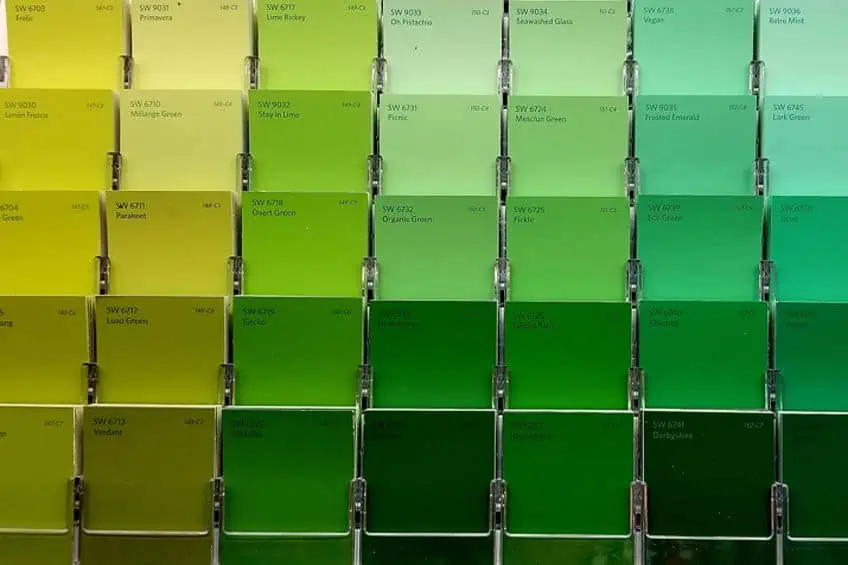
| Green Color Names | Green Hex Codes | Green RGB | CMYK Color Code (%) | Shades of Green |
| Green | #008000 | 0, 128, 0 | 100, 0, 100, 50 | |
| Pear | #74b72e | 116, 183, 46 | 37, 0, 75, 28 | |
| Emerald | #028a0f | 2, 138, 15 | 99, 0, 89, 46 | |
| Fern | #5dbb63 | 93, 187, 99 | 50, 0, 47, 27 | |
| Basil | #32612d | 50, 97, 45 | 48, 0, 54, 62 | |
| Parakeet | #03c04a | 3, 192, 74 | 98, 0, 61, 25 |
Culturally, green has deep-rooted symbolism that varies across different societies. In many ancient civilizations, green was associated with fertility, renewal, and the cycle of life. The ancient Egyptians revered green for its connections to osiris, the god of vegetation and the afterlife. For the Islamic world, green holds a sacred place as the color of paradise, while in Celtic folklore, green represents luck and abundance.
Psychologically, green evokes a sense of tranquility, balance, and harmony.
As the color of nature, it has a calming effect on the human mind, reducing stress and promoting relaxation. Being surrounded by greenery or engaging with green spaces can have a rejuvenating impact on mental well-being, creating a sense of connection with the natural world.

Using Green in Art and Design
Green, the vibrant and versatile hue that we now know to symbolize the splendor of nature, has long been a beloved choice in the world of art and design. From the lush landscapes of classical paintings to the modern and eco-conscious designs of contemporary interiors, green’s allure knows no bounds. Understanding how to use green effectively in art and design is to unlock a world of creativity and expression, where this captivating color can evoke emotions, set moods, and transform spaces. In the realm of art, green has been a prominent feature since ancient times, often portraying the beauty of nature and landscapes that surround us. From the verdant fields of the Impressionists to the ethereal forests of the Romantics, artists have harnessed green’s ability to convey serenity, growth, and life. The nuanced variations of green allow artists to paint landscapes with depth and realism, capturing the changing light and hues of nature.
Green is also celebrated in abstract art, where it can evoke a wide range of emotions and interpretations. From vibrant and energetic greens that symbolize vitality and renewal to muted and tranquil tones that evoke a sense of calm, artists use green to create powerful visual contrasts and harmonies in their compositions.

Moreover, green can be combined with other colors to create complementary palettes that infuse art with a sense of balance and unity. In interior design, green plays a pivotal role in creating inviting and harmonious spaces. Green has a soothing effect on the human mind, making it an excellent choice for bedrooms, living rooms, and other areas where relaxation is key. Soft and pale greens can create a sense of calm and tranquility, while bold and vibrant greens inject energy and personality into a space. When used as an accent color, green can breathe life into a neutral color scheme, adding a refreshing and natural touch. Moreover, green is a popular choice for sustainable and eco-friendly designs.
As the color of nature and environmental consciousness, green aligns seamlessly with the principles of sustainability. From eco-friendly furniture made from reclaimed materials to green building practices that promote energy efficiency, the use of green in design reflects a growing commitment to protecting our planet.

In fashion, green is a versatile and expressive color, with different shades evoking distinct emotions and styles. From earthy and muted greens that exude a sense of grounding and connection to the natural world to vibrant and neon greens that make bold fashion statements, this color has a place in every wardrobe. Designers often incorporate green fabrics and patterns to create visually captivating garments that embrace the vitality and energy of this captivating hue.
In a dazzling display of creative alchemy, the once distant realms of blue and yellow have united, transcending their individual hues to breathe life into a magnificent tapestry of green. From its depiction in classical paintings to its integration into modern and sustainable design practices, green continues to inspire and captivate. As a color that represents growth, renewal, and harmony, green allows artists and designers to connect with the natural world and convey a wide range of emotions and messages. Standing in awe of this newfound brilliance, we are reminded that the most extraordinary transformations occur when we embrace diversity, nurture collaboration, and let the magic of unity blend even the most contrasting shades into an enchanting mosaic of possibility.
Frequently Asked Questions
What Does Blue and Yellow Make?
When you mix blue and yellow, you create the vibrant and harmonious shade of green. This blending of cool and warm tones results in a hue that symbolizes growth, nature, and balance, making it a captivating addition to art, design, and our natural surroundings.
Do Blue and Yellow Go Together?
Yes, blue and yellow go together as complementary colors. Their combination creates a visually striking contrast, evoking a sense of balance and beauty. This pairing is a popular choice in various artistic and design contexts, as it brings a dynamic and vibrant energy to any composition or space.
What Color Goes With Blue and Yellow?
Green is a color that goes exceptionally well when paired with blue and yellow simultaneously. As a result of mixing blue and yellow together, green naturally complements and harmonizes with these two colors. This trio forms a classic and visually appealing color combination often associated with nature and the outdoors, making it an increasingly popular choice in various design and artistic endeavors.
Duncan graduated with a diploma in Film and TV production from CityVarsity in 2018, after which he continued pursuing film while taking on a keen interest in writing along the way. Since having graduated, he began working as a freelance videographer, filming a variety of music videos, fashion and short films, adverts, weddings and more. Throughout this, he’s won a number of awards from various film festivals that are both locally and internationally recognized. However, Duncan still enjoys writing articles in between his filming ventures, appreciating the peace and clarity that comes with it.
His articles focus primarily around helping up-and-coming artists explore the basics of certain colors, how these colors can be paired with other shades, as well as what colors are created when you mix one with another. All while relating these shades to historically significant paintings that have incorporated them into their color palette. As a lover of the arts himself, he takes great interest in the Renaissance era of paintings, an era that has directly inspired many of his favorite films.
Learn more about Duncan van der Merwe and about us.


